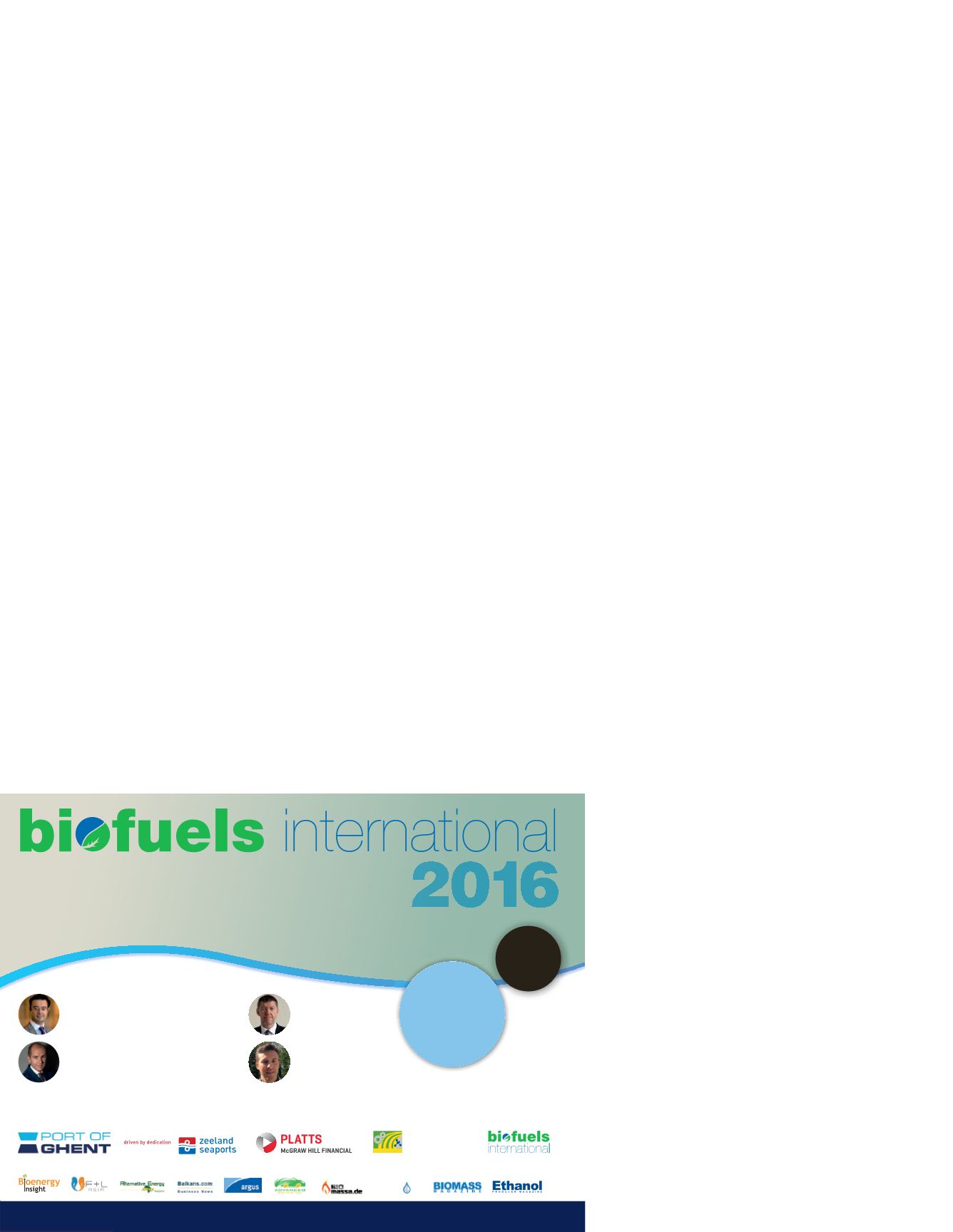
3% fuel economy improvement in
one of the tests, with both maximum
and minimum limits for phosphorus.
However, the fuel economy limits
and potential phosphorus minimum
thresholds are still under discussion
and can still change before final ACEA
2016 is published.
ACEA 2016 brings six new tests for
light duty, four of which are engine
tests and two are bench tests.
The European Engine Lubri-
cants Quality Management System
(EELQMS) is in charge of ensuring
quality in ACEA testing. The Addi-
tives Technical Committee (ATC) and
Association Technique de l’Industrie
Europeene de Lubrifiants (ATIEL)
have codes of practice for data and
performance claims. The Coordinating
European Council (CEC) oversees test
development and laboratory consis-
tency.
The ACEA Oil Sequences is used
as a “baseline,” providing the “basic”
protection for most engines, reflect-
ing the fact that it is now common
practice for OEMs to have their own
in-house specs. Today, there are
more than 50 ACEA and OEM engine
oil specifications in Europe, said van
den Bulk. “This is the universe we
have created,” he said, showing the
long list. OEMs build their specs based
on an individual ACEA category. For
example, Daimler’s MB 229.5 spec is
based on ACEA A3/B4, and has added
requirements in the form of added
Daimler in-house tests.
What does thismean for
Asia-Pacific?
The Chinese car market is becom-
ing larger (passenger car sales in
China reached 21.1 million units in
2015, according to the China Associa-
tion of Automobile Manufacturers) and
becoming more diverse. Van den Bulk
broke down China’s 2015 passenger
car sales—41.3% of sales in China
were from Chinese manufacturers.
Other main automobile exporters to
and joint ventures in China include Ja-
pan, Germany, North America, Korea
and France. In 2015, about 20% of cars
sold in China were made by French
(3.5%) or German (18.9%) manufac-
turers.
Thus, “European OEM-approved oils
are becoming increasingly important
in Asia-Pacific,” van den Bulk said.
OEMs’ main concern in Asia is fuel
quality. Engine oils degrade faster
because of low-quality fuels still being
sold in some Asia-Pacific markets.
This, together with unique driving
conditions in Asia, like prolonged
city-driving, is the reason why Euro-
pean OEMs mandate that their OEM
approved oils be used.
The fact that European OEMs have
their own engine oil specs means that
及行车测试经理Keith Howard在本次大会
上对ACEA油品测试程序及最新变化做了
一个简单的介绍。轻负荷ACEA有八个类
别,以高温高剪切(HTHS)粘度、总碱
值(TBN)和含硫灰份、磷含量和硫含量
(SAPA)来划分。每一类对应适用于某一
特定应用的油品。ACEA规格与API和ILSAC
不同,它包括了汽油发动机测试,也包括
了柴油发动机测试。轻负荷类别称为A/B和
C,而重负荷类别称为E。ACEA 2016的变
化部分主要是针对轻负荷类别的。
ACEA 2016计划于四月份推出,但How-
ard说现在更有可能在六月或七月推出。在
ACEA 2016中,删除了A1/B1,因为“已过
时,且没有OEM的支持”,他说,同时会增
加C5。它的HTHS粘度在2.6 - 2.9 mPa•s之
间,并在最高和最低磷含量时,要求在一项
燃料经济性测试中实现3%的提高。然而,
燃料经济性限值和可能的最低磷含量值尚在
讨论之中,在ACEA 2016最终出版之前还有
可能发生变化。
ACEA 2016对轻负荷类别提出了六项新
的测试,其中有四项为发动机测试,两项为
台架测试。
ACEA测试的质量由欧洲发动机润滑油质
量管理体系(EELQMS)负责。添加剂技
术委员会(ATC)和欧洲滑润油行业技术协
会(Association Technique de l’Industrie
Europeene de Lubrifiants,ATIEL)则负
责数据及性能的实践规则制定。欧洲协调委
员会(CEC)监管测试的开发工作和实验室
一致性。
ACEA油品测试程序被用作“基础”,提供
对大部分发动机的“基本保护”,反映了OEM
厂家采用从他们自己内部规格这个通用做
法的事实。如今,在欧洲有超过50个ACEA
和OEM的发动机油品规格, van den Bulk
说。“这是我们创造的宇宙,”他说,同时
展示了一个长长的清单,这些都是OEM基
于一个ACEA类别开发出来的各自的规格。
如,戴姆勒的MB 229.5 规格是以ACEA A3/
B4为基础的,增加了戴姆勒内部测试的要
求。
这对亚太地区意味着什么?
中国的汽车市场正在壮大(根据中国汽车
制造商协会的数据,2015年的乘用车销售
量达到了2110万辆),并日益多元化。Van
den Bulk把中国2015年乘用车销量进行了
细分,其中41.3%为本土制造商的产品,
其他向中国的出口国和合资方包括日本、


